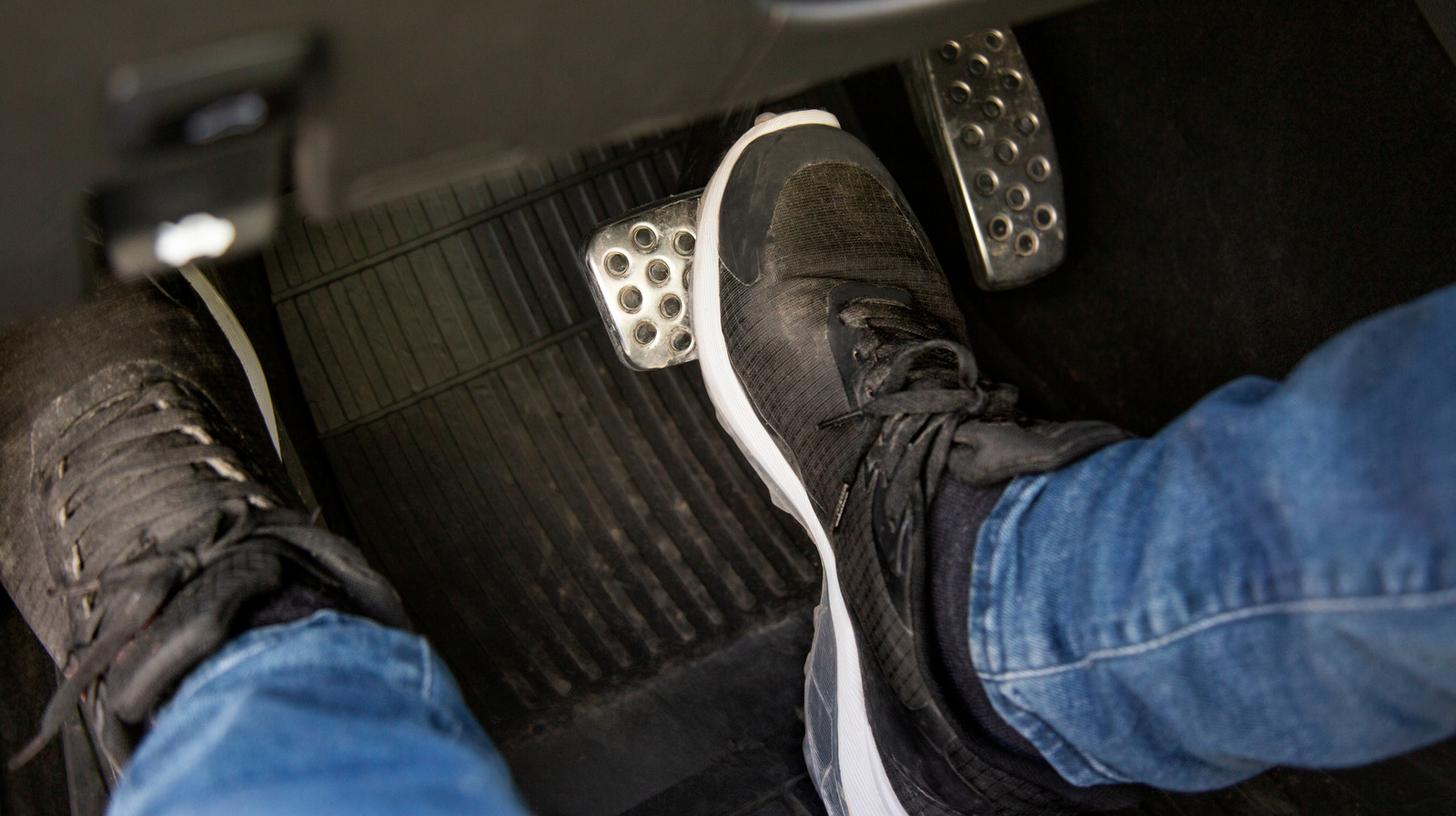
For many people, driving is as simple as hitting the gas to go — for more engine power — and using the brakes to stop. But your motor can actually help slow you down in certain situations, too. It’s called engine braking, which isn’t to be confused with breaking in an engine, although that’s one of the parts that does need it in a new car.
The way engine braking works is that when you lift your foot off the accelerator, it closes the engine’s air intake valve, and that, in turn, creates a vacuum in the engine. This makes more resistance for the pistons and other components to fight against, slowing how fast the engine can revolve. It’s sort of like instead of the engine driving the wheels, the wheels are trying to drive the engine, only the vacuum makes it more difficult, slowing down the vehicle.
So, simply taking your foot off the gas initiates engine braking, and most people downshift into a lower gear at the same time, with the difference in gear ratios acting to provide additional resistance — and reduce the vehicle’s speed further.
How to properly perform engine braking
The tricky part comes if you complement engine braking with downshifting. When you downshift, the engine goes from one gear ratio to a higher one, which requires more spinning to transfer the same amount of power. So if you don’t slow down first, shifting to a lower gear — with a higher ratio — is going to make your engine want to speed up even more to maintain that power. If you rev too high, your motor can face the ol’ catastrophic disaster. Consider your engine’s connecting rods, which connect the pistons to the crankshaft. That connection is engineered to withstand a certain engine speed, and if it spins too fast, it may break and let the piston punch through the cylinder walls or head.
The first step to avoid over-revving with a manual transmission is to remove your right foot from the gas, which should immediately start to slow the car through engine braking. At the same time, you should engage the clutch with your left foot, select the next lowest gear, then carefully let off the clutch as you get back on the gas in one smooth motion.
You can listen to the sound of the engine and/or watch the tachometer to get a handle on how fast your engine is revving, then fine-tune your downshift with a little extra gas or brake for better rev matching. Needless to say, automatic transmissions, even the DCTs car companies love, don’t require three-pedal shifting.
Benefits of engine braking
Let’s set the record straight: Proper engine braking won’t hurt your vehicle. That’s one of the dumbest car myths floating around, and we’ve heard plenty. Think about it: All you’re doing is taking your foot off the accelerator pedal,
What engine braking can do is help you save money on your actual brakes — which you’ll be using less as you use engine braking more. Engine braking can be safer as well, especially in slippery situations where you want to maintain more control over your car than you get by stomping the brakes. Avoiding the brakes can even help reduce traffic. Once your brake lights go red, that’s a sign for the person behind you to get on the brakes, causing the next person to do the same, creating a cascade of slower traffic behind you.
And yes, you can get those engine-braking benefits with gearless continuously variable automatic transmissions. After all, the main slowing power from engine braking doesn’t come from the gears, but from the what’s going on inside your motor.

